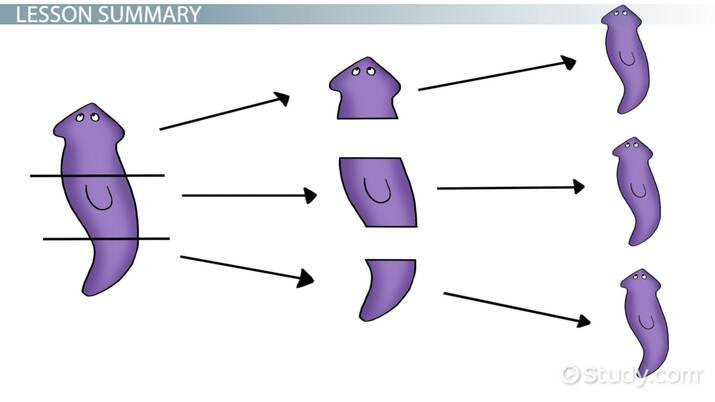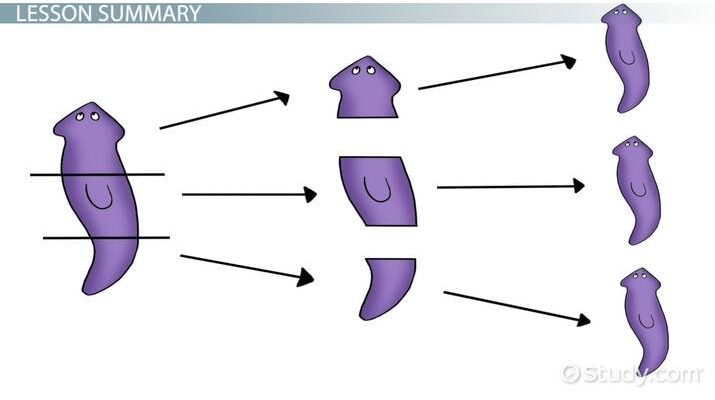
So, what’s the deal with how planaria eat? Well, let me break it down for you. These critters have a specialized way of feeding that doesn’t just involve grabbing food with a mouth—it’s a bit more complex and interesting than that. Understanding their feeding mechanism not only highlights how adaptable and resourceful these creatures are but also gives us a peek into the broader world of biology. So, let’s dive in and explore how these remarkable flatworms manage their meals!
1. Who Are Planaria?
Planaria are a type of flatworm belonging to the class Turbellaria, which is part of the phylum Platyhelminthes. You might find them gliding through the shallows of ponds or streams, often recognizable by their elongated bodies and smooth skin. What makes them stand out is their ability to regenerate lost body parts, a trait that fascinates scientists and curious minds alike.
These little guys can vary in color, from brown to black or even vibrant hues. But it’s not just looks that matter here; their biology is what’s truly captivating. They have a simple body structure which allows them to thrive in various environments—think of them as nature’s adaptable survivors. And when it comes to feeding, they’ve got a mechanism that’s not only interesting but also effective in their ecosystem.
2. The Anatomy of Planaria: A Closer Look
To understand how planaria feed, we have to take a look at their anatomy. Planaria are relatively simple creatures with a flat body shaped like a leaf. They possess a central nervous system and various organs, including a fascinating structure known as the pharynx. This pharynx is crucial to their feeding, and here’s why.
The Pharynx: The pharynx extends out from the planaria’s body like a little tube, acting almost like a straw. This specialized organ allows planaria to suck in food from their environment. Imagine trying to drink a milkshake through a tiny straw; it’s kind of like that but with a bit more finesse. When they come across something edible—like tiny bits of decaying matter or, in some cases, other tiny organisms—they use their pharynx to draw it in.
What’s even cooler? Planaria can even consume prey larger than themselves! They do this by wrapping around their food, breaking it down with digestive enzymes, and then sucking it into their bodies. This action not only shows how adaptable they are but also how they fit into their role in the ecosystem.
3. The Feeding Process: Step-by-Step
So, how does the feeding process actually work for planaria? Let’s break it down into simple steps:
- Step 1: Locating Food – Planaria use their senses to detect food. They can sense light, chemicals, and vibrations, which help them find potential meals.
- Step 2: Extending the Pharynx – Once they find food, they extend their pharynx out of their body. This is like preparing a vacuum cleaner to suck up dirt.
- Step 3: Ingestion – They then wrap themselves around the food and use their pharynx to suck it in, breaking it down in the process.
- Step 4: Digestion – The food is then digested inside their body. This occurs in a specialized cavity where enzymes help break down the food into nutrients that can be absorbed.
Isn’t it fascinating how such a simple creature has developed such an efficient method of eating? Each step is essential for their survival, allowing them to thrive in often challenging environments.
4. Why Planaria Are Important in Ecosystems
You might be wondering why understanding the feeding mechanism of planaria matters. Well, these little flatworms play a significant role in their ecosystems. They help break down organic matter, recycling nutrients back into the environment. By feeding on dead or decaying material, they contribute to the health of their habitats.
Moreover, planaria are an essential food source for various predators, including fish and amphibians. They fit into the food chain, supporting a diverse array of life forms. Without creatures like planaria, there could be a buildup of organic waste in aquatic ecosystems, leading to imbalances.
From a scientific perspective, studying planaria can also provide us with insights into basic biological processes. Their regenerative abilities and simple systems offer clues into more complex organisms, which can help in various research fields, including medicine and developmental biology.
5. Observing Planaria Feeding Habits
If you’re curious and want to observe planaria in action, it can be a rewarding experience. You can often find these creatures in ponds or even create your own habitat at home. Setting up a small aquarium with aquatic plants and clear water can attract them if they’re nearby.
When observing, look for the moment they extend their pharynx. It’s quite a sight! You might also notice how their feeding habits change based on the type of food available. They seem to be choosy diners, opting for the freshest morsels they can find.
You could even collect a few and witness their feeding behavior up close. Just remember to treat them gently! This hands-on experience not only helps you understand their feeding mechanism better but also deepens your appreciation for the delicate balance of nature.
6. Planaria and Human Interest: The Research Connection
Planaria have captured human interest not just for their feeding habits but also for their remarkable regeneration abilities. Scientists study planaria to learn more about cell regeneration, which has potential implications for human health. Imagine if we could regenerate lost limbs or heal wounds more efficiently—this research could pave the way for advances in medicine.
Moreover, their feeding mechanism offers a unique lens into evolutionary biology. By understanding how these creatures interact with their environment, researchers can glean insights into the evolution of feeding strategies across different species.
Overall, planaria serve as a compelling reminder of how diverse life can be, even at the microscopic level. Their feeding habits are just one piece of the puzzle when it comes to appreciating the complexity and wonder of the biological world.
7. Final Thoughts on Planaria Feeding Mechanisms
In summary, the feeding mechanism of planaria is a fascinating example of nature’s ingenuity. From their specialized pharynx to their ecological roles, these little flatworms showcase a form of survival that is both efficient and effective. Whether you’re studying biology or simply curious about the natural world, understanding how planaria eat enriches your knowledge.
Next time you come across a pond or stream, think about the bustling life beneath the surface. Planaria may seem small, but their impact is significant. They remind us of how interconnected and intricate life truly is. So, the next time you’re pondering the wonders of nature, don’t forget about these tiny, remarkable creatures and their role in the grand web of life!

